
Serafima Davydovna Levina (1897–1978) graduated from Kiev Polytechnical Inst and appeared in Karpov Inst in 1928. She remained an active member of Frumkin school until her last day (moved to the Institute of Physical Chemistry in 1947, and to Frumkin Institute in 1958). She played a crucial role in organizing high-purity hydrogen evolution experiments…..
Olga Vladimirovna Zarubina (1886-?) had pre-revolutionary education (graduated from the Moscow Higher Women’s Courses in 1916), and was employed in Karpov Inst since 1929. According to the official records, her previous affiliation was the station of plants nutrition, which was the division of agricultural academy (she made some analyses there). She was dismissed from Karpov Inst in 1936, most probably because of her noble origin. After her works with Frumkin, she had some joint publications with B.P. Bruns as well.
Mikhail Alexeevich Proskurnin (1900-1961) first joined Karpov Inst in 1925, being a student of the faculty of chemical engineering in Plekhanov Inst. His first publication with A. Iwanitzkaja “Über die Kataphorese kolloider Lösungen bei kleiner Elektrolyt-Konzentration” appeared in 1926 in Kolloid-Z. Bd. 39. S. 15-26. It is affiliated with his alma mater. Later he published two articles with Kazarnovskyi in 1927 and 1928, on molecular structures. His great contribution to electrochemistry is capacitance measurements under high purity conditions, escaping rubber and organic grease in the cells (1935). He moved to the field of radiation chemistry already before WWII, and is known for many important results in this field.

Petr Ivanovich Levin (1903-?) was the PhD student in Karpov Inst in 1930-1933 after graduating from Chemical Engineering Inst in Kazan. Supposedly, he later worked in Kazan Aviation Inst, was arrested in 1938, but finally survived in Kolyma camps.
Boris Nikolaevich Kabanov (1904-1988) started his work in the lab of technical electrochemistry in Karpov Inst after graduating from Moscow Univ in 1930. He moved to Frumkin lab soon and remained one of the closest Frumkin’s collaborators for decades. See a personal page here.
Nikolay Ivanovich Nekrasov (? – 1941) was Spitalskyi’s graduate (1926) who worked in Karpov Inst. He was deleted from the Institute in 1931 in frames of some political campaign. Some publications co-authored by N. Nekrasov with Karpov Inst affiliation appeared in mid 1930s, devoted to gas-phase reactions and catalysis, but we cannot exclude the namesake. This article (Zhurnal Fizicheskoi Khimii. 1938. V. 11. P. 84-98), affiliated with microbiological lab of the Academy of Scence, most probably belongs to him, it considers open circuit potentials in the course of redox transformations under aerobic and anaerobic conditions. His early untimely death is mentioned in some memoirs. His name is associated forever with the important 1930 articles on hydrogen evolution published with Spitalskyi and with Kobozev.
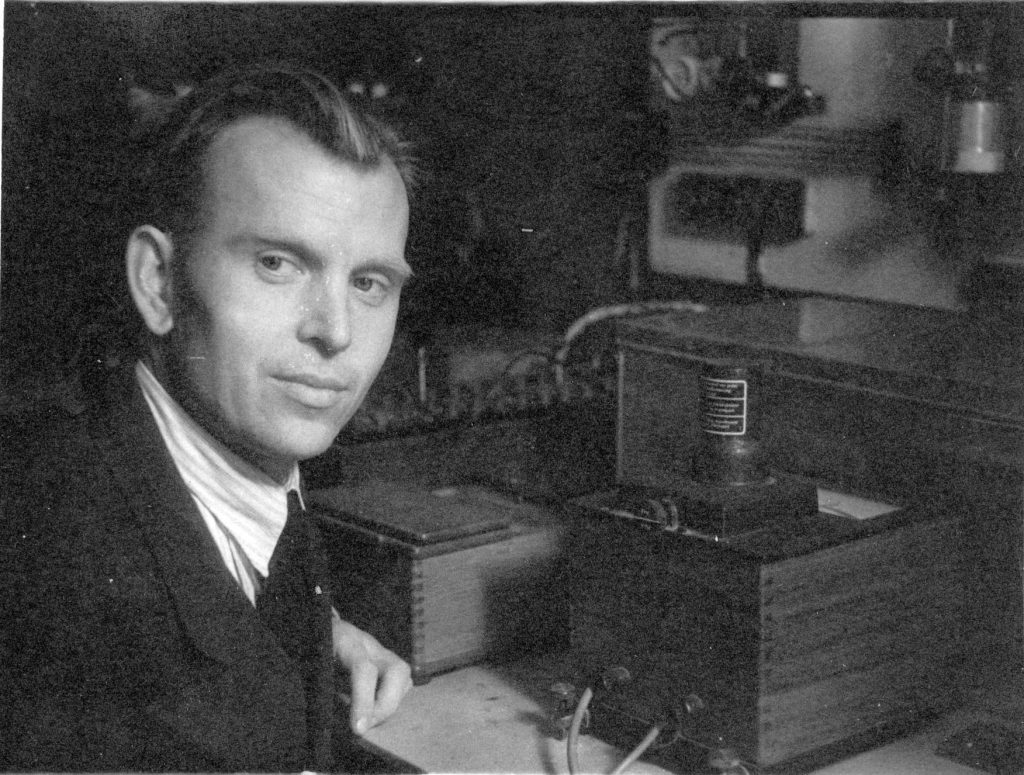
Nikolay Andreevich Fedotov (1912-1997) appeared in Frumkin’s lab in 1933 as a student of Moscow Univ. He was supervised by A.N. Frumkin and R.Kh. Burshtein, and studied pH-dependence of the alkaline electrolyte adsorption on the platinized charcoal. After graduating in 1936 he continued in Karpov Inst for all his life, first as PhD student (thesis completed in 1940). During WWII he worked on the fabrication of “electrochemical fuses”, and later was temporarily involved in fuel cell research. From 1970 and until his retirement in 1987, he was a member of the corrosion lab.
Nina Alekseyevna Balashova [Gausman-Balashova] (1910-1994) graduated from Moscow Univ in the very beginning of 1934. She was employed by Karpov Inst and initially supervised by N.A. Bakh. She moved to the staff of the Inst of Physical Chemistry in the beginning of 1941. Before WWII, she worked on carbon black studies related to Leclanché cell. Her PhD defence took place in Kazan in 1943, during the evacuation period, and her DSc degree is dated by 1967 (the topic is not indicated in available documents, it was some “secret research”). Starting from mid 1950s, she developed radiotracer technique for adsorption studies.
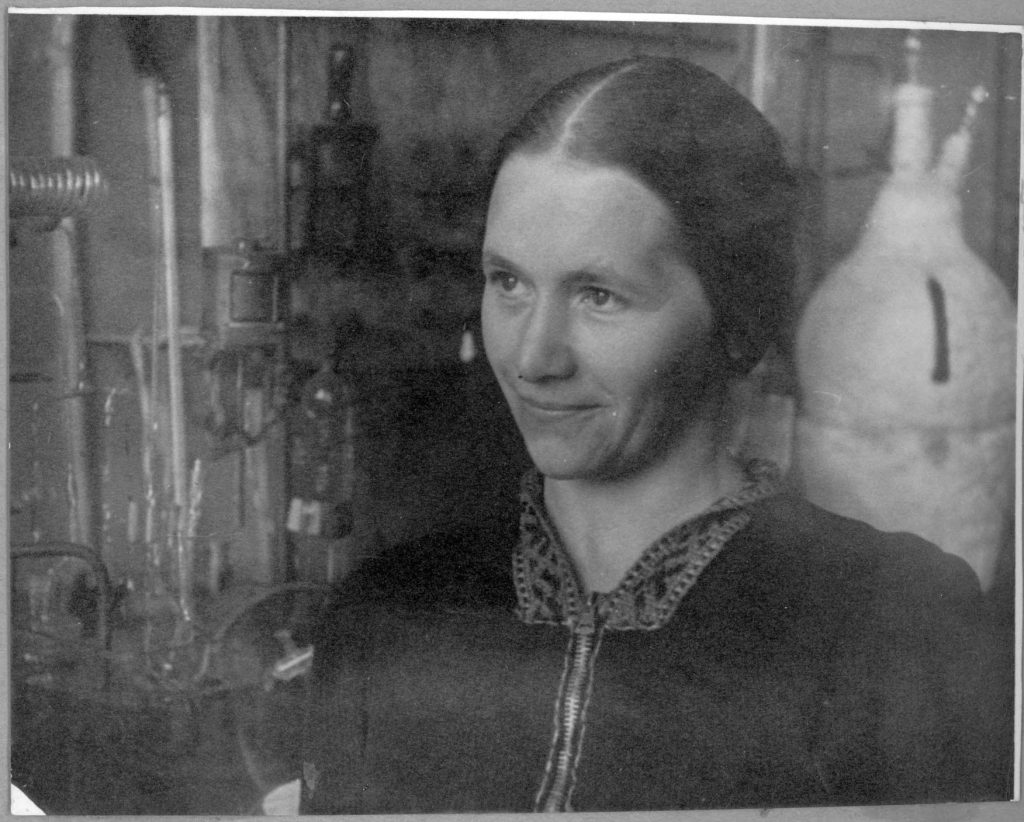
Gavriil Abramovich Deborin (Ioffe-Deborin) (1915-1996?) graduated from Moscow Univ in 1937 and continued in Karpov Inst as PhD student under the supervision of B.V. Ershler. In 1941, he moved to another division of Karpov Inst, and later worked in the Institute of Biochemistry. He studied adsorption of biological molecules at air-water interface. Later he investigated bilipid membranes. His DSc thesis (1967) addressed proteine-lipid interfaces as the analogues of biological membranes. His co-authors were I.E. El’piner (known for his studies of ultrasound effects on biological systems) and A.I. Oparin (who authored the hypothesis on the origin of life as arising from small organic molecules). From some of Deborin’s popular articles, one may infer that he supported Oparin’s hypothesis.
Aleksandr Fedorovich Lunev (1909-1967?) was initially involved in adsorption research. His PhD thesis (1948) is devoted to rhodium electrode. He continued in the corrosion lab of the Institute of Physical Chemistry, and was most active with underground corrosion protection.
Viktor Arturovich Pleskov (1907-1951) worked in Monоszon’s lab of the Karpov Inst after graduating from Moscow Univ in 1930. He is widely known for his studies of nonaqueous solutions important for the basics of the solvation phenomenon and, correspondingly, for the concept of ‘absolute potential’. After completing his PhD study (1938) and being evacuated to Tashkent during WWII, he defended his DSc thesis “Electrode potentials in nonaqueous solutions” already in 1946. The dates indicated here are documented, two of them differ slightly from the dates indicated in this very thoughtful anniversary article.
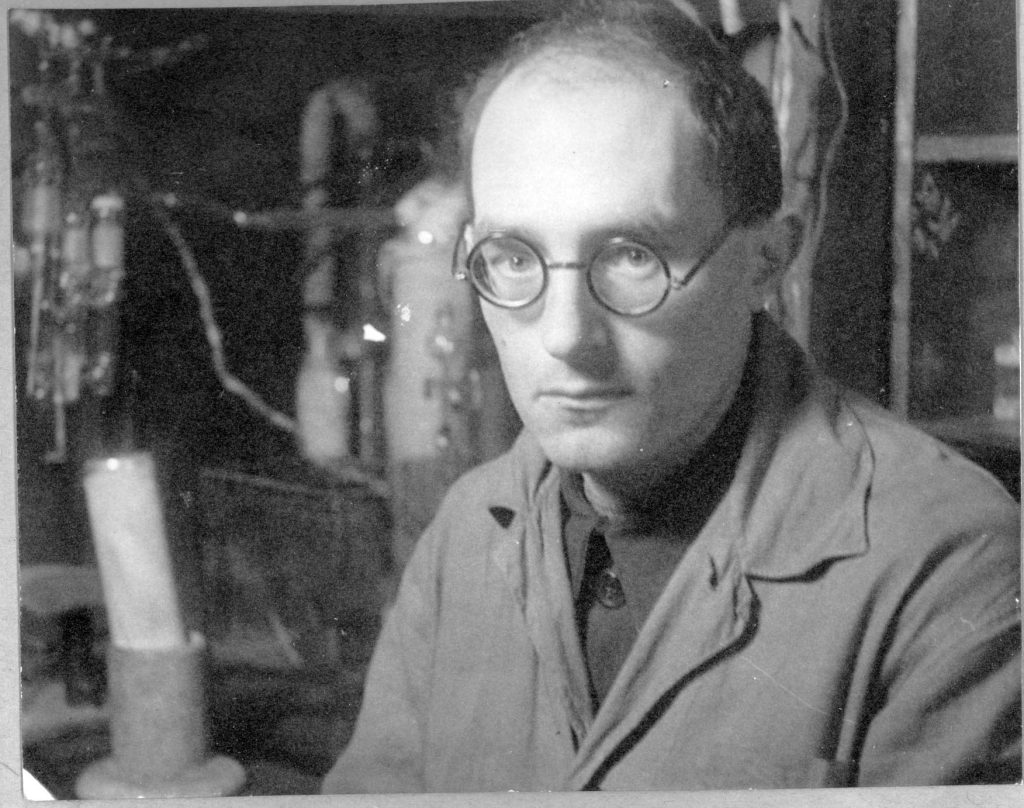
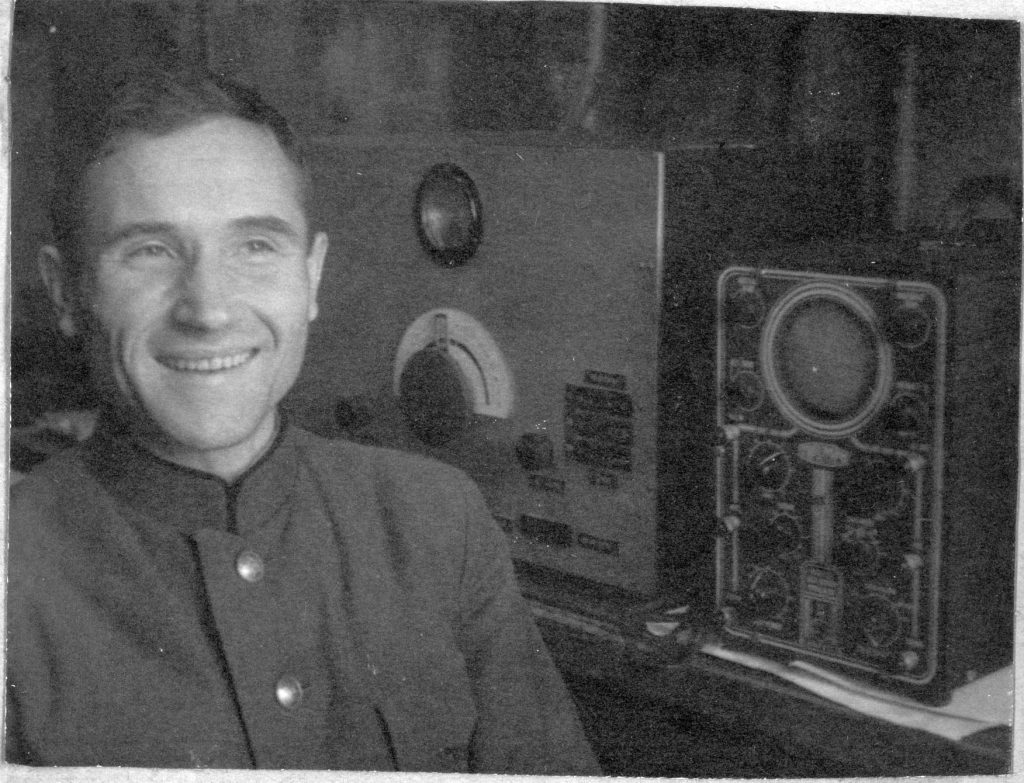
Petr Ivanovich Dolin (1909-1989) entered Faculty of chemistry in Leningrad University in 1929, after several years of work at the printing factory. Due to the reforms of higher education, this faculty as a whole was thansferred to the Leningrad Institute of Chemical Technology, from which Dolin graduated in 1934. His original specialization was dyes technology, and he started to work at the factory which was transferred to Moscow. Here, he managed to become PhD student in Karpov Institute in 1936, and completed his thesis in 1939. He spent all WWII period in the army, and was affiliated with the Inst of Physical Chemistry starting from 1945 (later moved to Frumkin Inst). After WWII he was mostly dealing with corrosion protection for nuclear technologies, and then with radiation chemistry.
Boris Vladimirovich [Vol’fovich] Ershler (1908-1978) is widely known not only for Dolin-Ershler and Randles-Ershler equivalent circuits, but also for his contributions to the “double layer” structure, metal dissolution/passivity (platinum), “absolute potential” problem, and even battery research. Graduated as an engineer in 1930, he first worked in applied institute related to food industry, and his PhD thesis addressed ultrafiltration processes. His electrochemical research took place only during 1934-1941 and 1944-1948, when he worked in Karpov Institute (this was interrupted by the intermediate work for the military during WWII). His forced withdrawal from Karpov Inst in 1948 resulted in the shift to radiation chemistry, with numerous findings in this field as well. This biographic article containing a list of principle publications in both fields is strongly recommended.
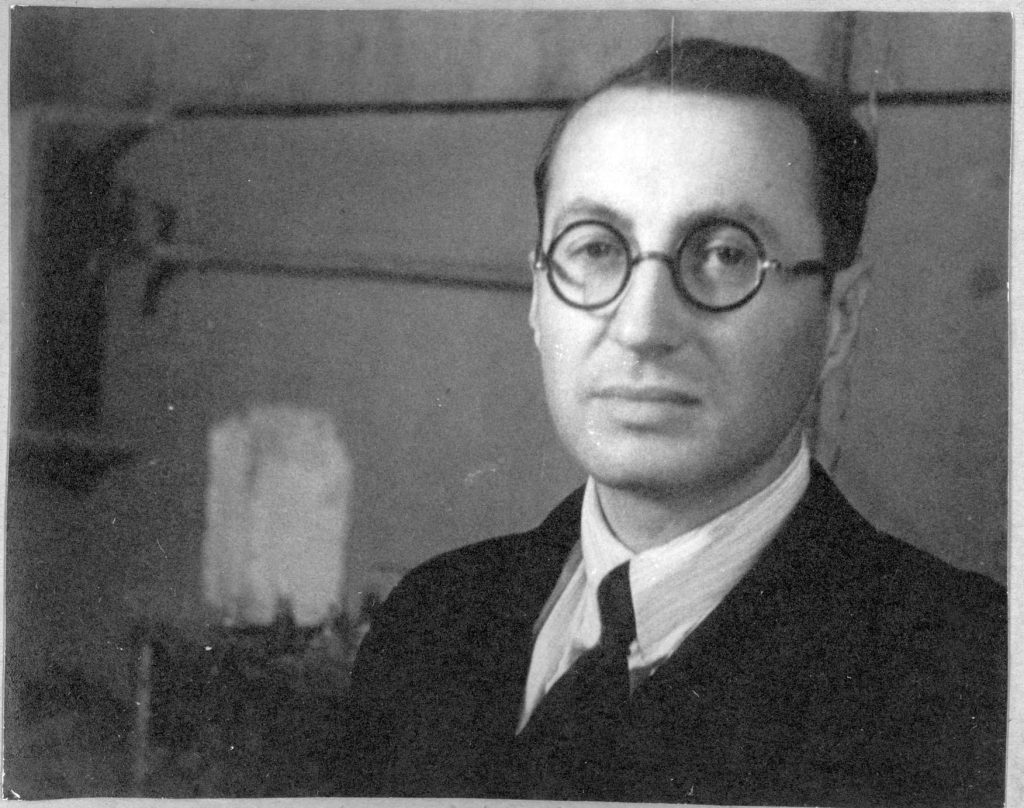
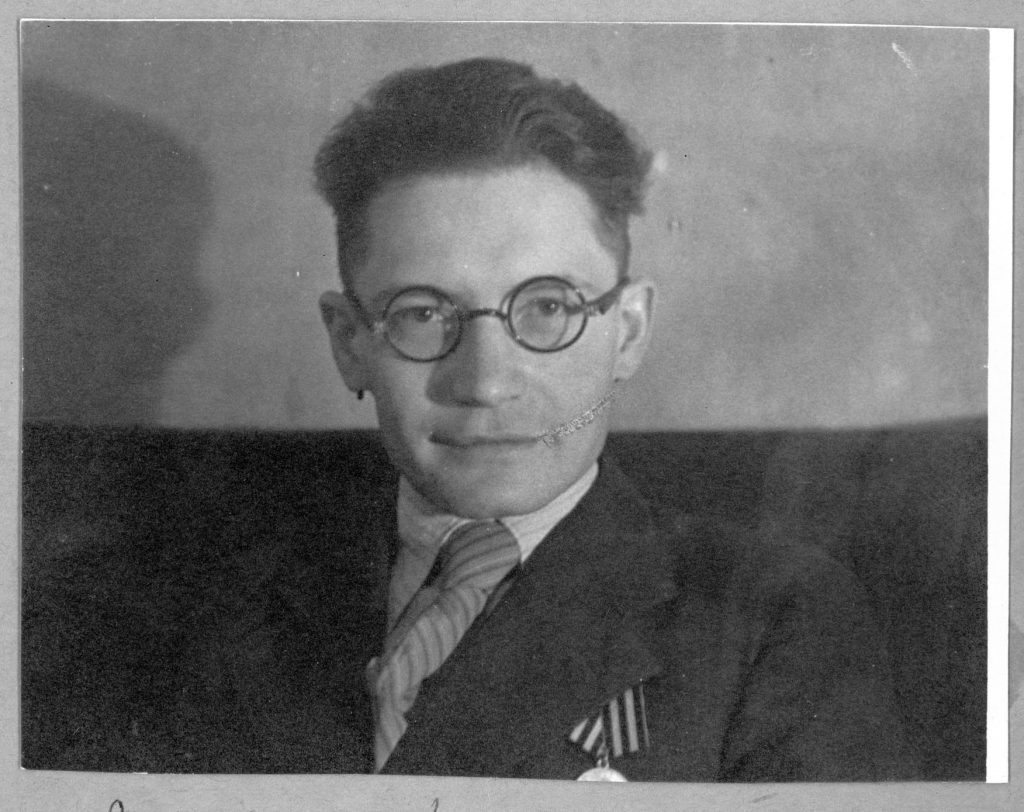
Pavel Dmitrievich Lukovtsev (1914-1971) graduated from Moscow University in 1937. He worked initially under supervision of S.D. Levina, and was the first to study hydrogen evolution on the electrode strongly adsorbing hydrogen (nickel). In 1940, he was drafted into the army, and could retire only in 1958. His military service assumed battery research and industrial implementation. Oxides…. Starting from 1958 he played an important role in the foundation of Frumkin Institute, and served as Deputy director during the first decade. He also headed the lab of electrochemical transducers.
Lidiya Vladimirovna Vanyukova (1911-2005) was employed in Karpov Inst immediately after graduation from Moscow University in 1936. For two years she worked on applied battery-related topics, and started her PhD period under supervision of M.A. Proskurnin in 1938. In 1941, P.I. Dolin became her supervisor, but PhD period was interrupted by WWII. Later she moved to the Institute of Physical Chemistry, and then to Frumkin Institute. She mostly worked with B.N. Kabanov.
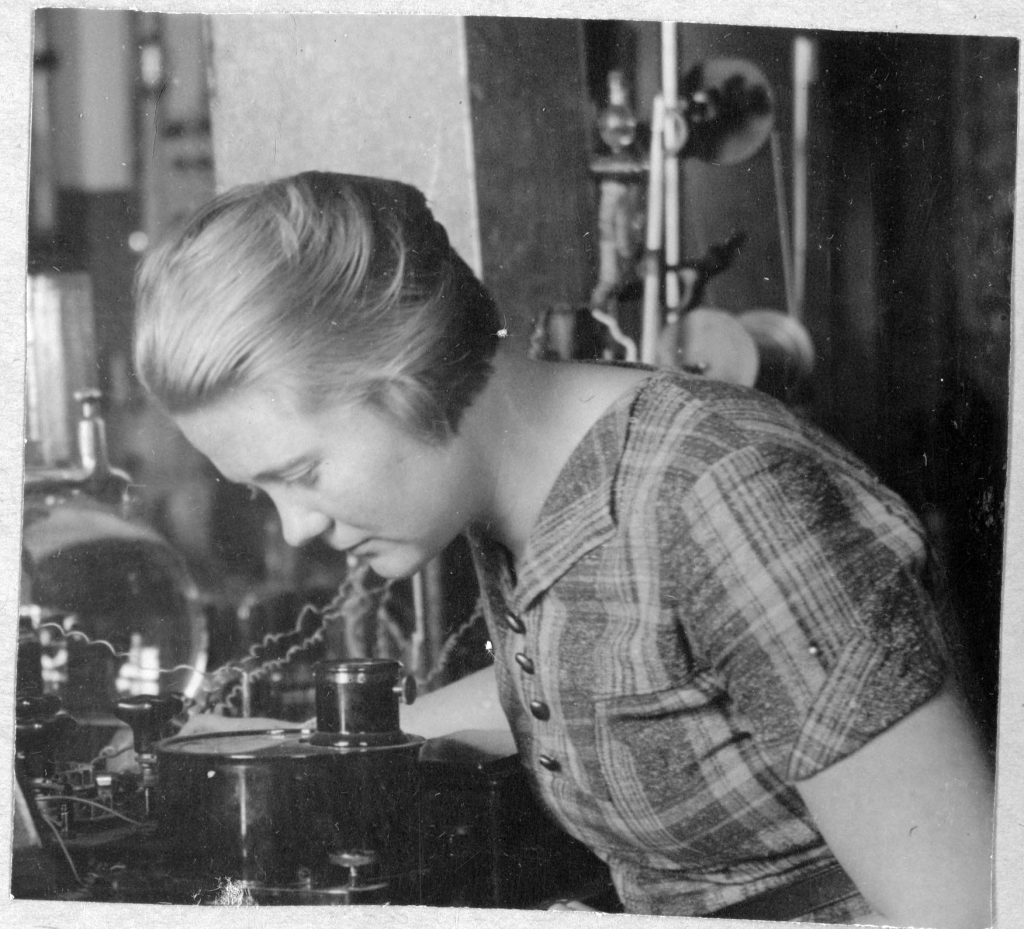
We failed to find any information about M.A. Vorsina, who was presumably PhD student in Karpov Inst before WWII.
Evgenyi Mikhailovich Kuchinskyi graduated from Moscow University in 1936. His diploma under supervision of B.N. Kabanov was devoted to the effects of charged surfactants on the hydrogen evolution on mercury. He continued in Karpov Inst after WWII, his rare publications can be found up to 1965.
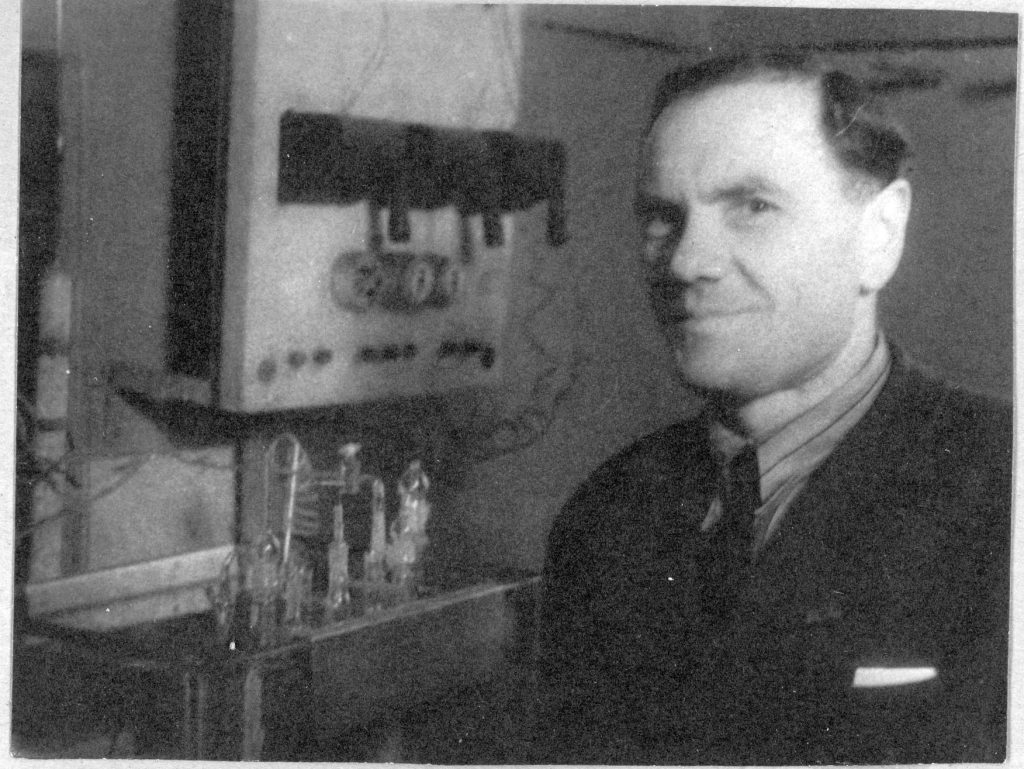

We should also mention Valeryi Alekseevich Zarinskyi (1908-1987). He published with S.D. Levina, who was the direct supervisor of his 1938 PhD thesis on hydrogen overvoltage on mercury (available as an electronic book, in Russian) but Frumkin wrote the preface to his thesis. He came to Karpov Inst after graduating from Kazan Institute of Chemical Engineering. After two years in aerosol lab and a long military service (1940-1946) he worked in the Institute of Geochemistry and Analytical Chemistry, dealing with electrochemical analysis. His DSc thesis (1967) presented high-frequency conductometry. He also published a book (with V.I. Ermakov, 1970) on high-frequency electrochemical techniques for analysis.
Pavel Markovich Spiridonov (1902-1955) was an engineer, graduate of the Moscow Chemical-Technological Institute (МХТИ), who worked on the development of the hydrogen-air fuel cell starting from the end of 1930s. Information about this fuel cell is limited to presentation in Frumkin’s 1941 report (starts from P. 53, contains illustrations) and in 1947 book of O.K. Davtyan citing Spiridonov’s report: electrodes based on perforated iron, covered with carbon (cathode) and with carbon-nickel mixture (anode), provided 30 mA/cm2 current density at 0.75 V; 6-sections battery allowed to generate 1.5 A at 4.5 V, with 60% efficiency.
Sarra Yul’evna (Evelevna) Zolotarevskaya (1909-?) was educated in Odessa, and worked in Karpov Inst during 1930-1936 period (in the library and in Frumkin’s division). Earlier (at least starting from 1927) she worked in the lab of technical electrochemistry (?) with Nikolay Dmitrievich Biryukov (1895-1972) known for the works on the inorganic chemistry of chromium and various galvanic technologies. She co-authored Biryukov’s article on chromium anhydride in Zhurnal Prikladnoi Khimii. 1931. V. 4. P. 255-273.
Other co-authors of this period, Alexander Ivanovich Shlygin, Zinovyi Aleksandrovich Iofa, Mikhail Abramovich Gerovich, and Dmitryi Sergeyevich Vargin (was killed in action during WWII) were affiliated with Moscow Univ, although they were also employed for some periods as part-time researchers in Karpov Inst. They are presented at this page, as well as the graduates of the Dept of Electrochemistry who were not associated with Karpov Inst and/or (later) with the Inst of Physical Chemistry…..Chugunov, A.I. Pankratov…. Other graduates and Frumkin co-authors are listed above.